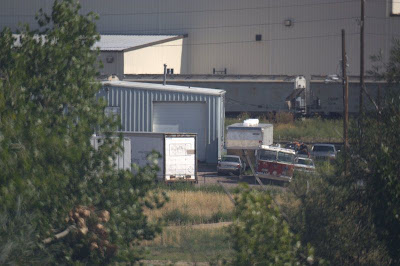Welcome to the forum!
I'm not a great authority on long glass, but you have certainly got some good advice here:
-forget about the polarizer, it steel light you need for the speed
-you need a fast lens to get short enough shutter time to get sharp pictures and low enough iso to avoid the "grain": the old rule would have been that 300mm required 1/300 second or less, 400mm 1/400 sec or less etc. SR changed this a bit but...SR does not work well on moving platforms, and here you don't only have the ship speed, but also the sea motions (on the order of 10 second periods) and the engine-vibrations (on the order of 0.1 seconds or shorter)...a hell for the SR to compensate for...so probably you have to turn SR off and you are back at the old rule, and with the slowish lenses you have listed, this means high iso and lots of "grain". I don't think you can get away with less than f4.
-monopod might help...though it may transfer more of the vibrations than your body would, tripod is probably no good since it will have your camera follow every ship motion
One question here: dolphins are often not very shy...they like to swim close to the ship...why do you have to shoot them so far away? Why not just shoot them when they ride the surge or swim ahead of the bow as close as possible?
When you say you tried that Tamron lens, was that at sea, over those distances on doplhins or similarly sized objects?.
You might get some more qualified info and more example of possible lenses on the
300mm plus lens club. 

 Similar Threads
Similar Threads 






















